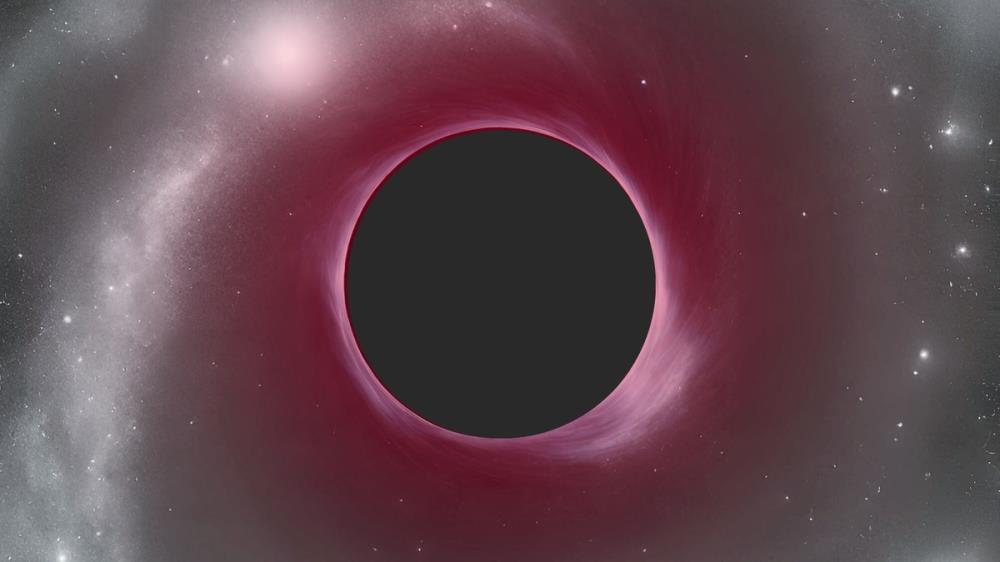
Starting with the Soviets’ launch of Sputnik in 1957, early space missions were funded exclusively by national governments, and for good reason: going to space was astronomically expensive. Setting up a successful space program meant making major investments in expertise and infrastructure, along with tolerating a great deal of risk—which only the superpowers could do. NASA’s Apollo program, for instance, employed 400,000 people, cost more than $110 billion in today’s dollars, and resulted in the death of three skilled astronauts. Not surprisingly, then, the legal framework that developed as the space race intensified was government-centric. In 1967, the United States, the Soviet Union, and many other countries signed the Outer Space Treaty, which set up a framework for managing activities in space—usually defined as beginning 62 miles above sea level. The treaty established national governments as the parties responsible for governing space, a principle that remains in place today.

The supermassive black hole is 40 million times as massive as the sun and powers a quasar that existed 700 million years after the Big Bang.

The asteroid zoomed by Earth at a perfectly safe distance of around 1.8 million miles (2.9 kilometers).

Images show surprise changes to the spacecraft as it interacted with the atmosphere.